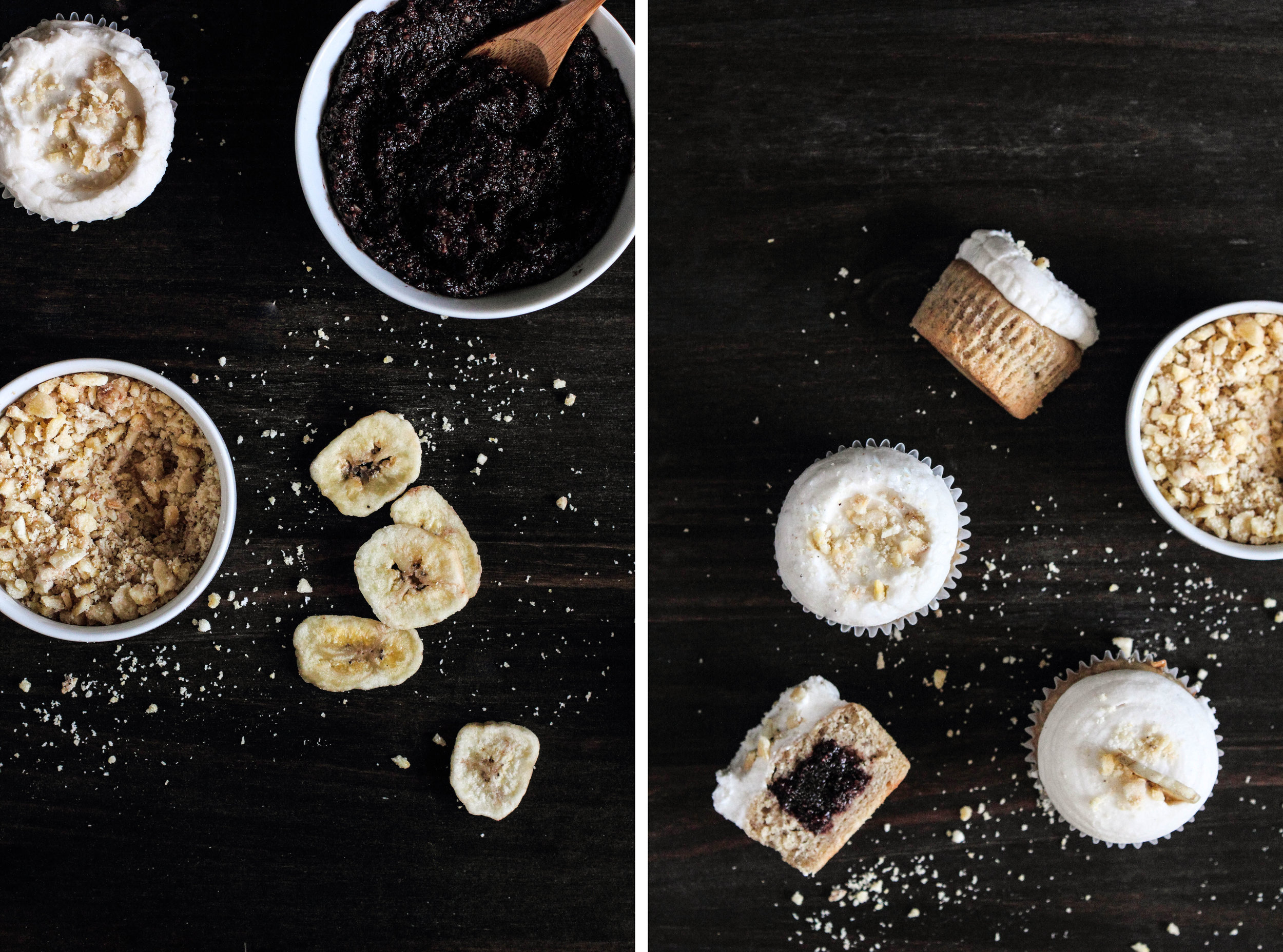Cinnamon Sugar Swirl Loaf
/When I imagine rolling pins and sheets of dough, I think of my grandmother. When I was young, just tall enough to peer over the kitchen counter, I would watch her construct German dishes from scratch. A bowl of dough was her beginning—a blank slate. She would create her coveted bread rolls in the palms of her hands. A long cylinder would be cut into logs to create shoop noodles. Sheets were rolled, paper thin, and coiled for strudels (which were later unraveled by greedy, hungry hands).
The motions were practiced, repeated thousands of time over her many years, but the awe factor never diminished for me.
I am learning to see dough as a blank slate, a starting point instead of an unfinished product. Though my motions may still be clumsy, inexperienced from my few years, I can feel the progress beneath my fingertips. This past weekend, I kneaded together a sweet dough, challenging myself to roll it into a shape new to me. I have long admired braided and swirled breads for their intricate designs and used the pattern as my inspiration.
Though braided and swirled loaves may often look beyond the reach of a home baker, I can assure that most are well within the realm. This dough begins as cinnamon rolls do—a rectangle, which is rolled into a coil. Instead of being cut into individual rolls, however, the dough is split lengthwise down the center and the inside is revealed. The dough is braided, the ends pinched together, and it goes into the pan to bake.
The complicated layers and swirls are revealed in the oven. Each time the pattern may be new, but you can count on the flavor to remain the same.
PS: Pastry Affair has been nominated for Saveur Magazine's 2015 food blog awards in the Best Baking & Desserts Category! It is your support that has brought me here. Again, I want to take a moment to say thank you. To vote, head over to Saveur's website, take a moment to register, and select your favorites.
This Cinnamon Sugar Swirled Loaf falls somewhere between a breakfast roll and a slice of coffee cake in texture. Cinnamon and sugar are present in every layer, adding a spiced sweetness that pervades the loaf. Served with a cup of black tea or coffee, the loaf becomes a part of a weekend breakfast or mid-morning treat.
One Year Ago: Coconut Tapioca Pudding
Two Years Ago: Mango Lassi, Peanut Butter & Jelly Muffins, and Almond Butter Chocolate Chip Cookies
Three Years Ago: Blackberry Goat Cheese Tart, Arborio Rice Pudding, Chocolate Marshmallow Whoopie Pies, and Hot Cross Buns
Four Years Ago: Flourless Peanut Butter Cookies, Orange Scones, Strawberry Oat Parfait, and Honey Rolls
Cinnamon Sugar Swirl Loaf
Yields 1 loaf
Dough
1/2 cup (120 ml) milk
3 tablespoons (43 grams) butter, melted
2 to 2 1/4 cups (250-280 grams) all purpose flour
1/4 cup (50 grams) granulated sugar
1 large egg
1 1/2 teaspoons active dry yeast
1/2 teaspoon salt
Warm milk and butter until about 100 degrees F (38 degrees C), or until lightly warm to the touch. Transfer to a large mixing bowl and add 2 cups flour, sugar, egg, yeast, and salt. Fold together until the batter forms a dough. If the dough is too sticky, add more flour by the tablespoonful until it begins to form a ball. On a lightly floured surface, place the the dough and knead until smooth and elastic, about 5-8 minutes. Form into a ball.
Transfer the dough to a lightly oiled bowl. Cover and allow the dough to rise in a warm environment until doubled in volume, about 2 hours.
Filling
1/3 cup (66 grams) brown sugar, packed
1 tablespoon ground cinnamon
3 tablespoons (43 grams) butter, room temperature
1 large egg, beaten
Preheat oven to 375 degrees F (190 degrees C).
In a small bowl, mix together the brown sugar, cinnamon, and butter until it forms a uniform spread. Set aside.
On a lightly floured surface, roll out the dough to approximately an 11 x 15-inch rectangle. Using an offset spatula, spread the brown sugar mixture uniformly on the dough, leaving a 1/2-inch border around the edge. Starting lengthwise, roll the dough until coiled. Pinch together the edges to seal.
Using a sharp serrated knife, cut the coil in half lengthwise and face the inside upwards. Pinch together one end of the dough and braid the two long strands, facing the cut side upwards at all times. Pinch together the remaining end. Form the dough into a circular shape and pinch together the pinched ends. Transfer the circle to a lightly greased cast-iron pan or 10-inch round cake pan and brush with the beaten egg. Bake for 25-30 minutes, or until dark brown and fragrant.
Run a knife around the outside of the pan and allow to rest for 15-20 minutes before serving.




























